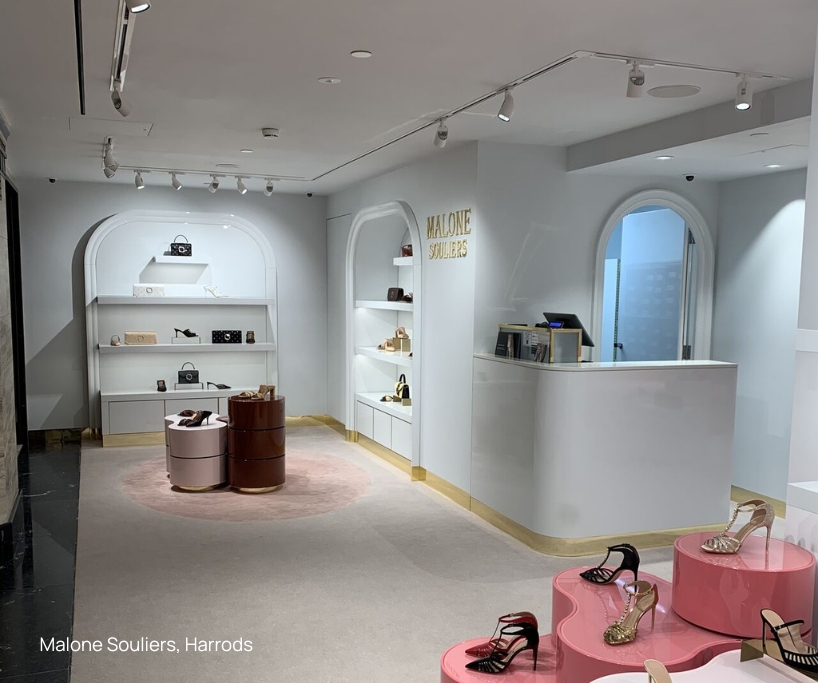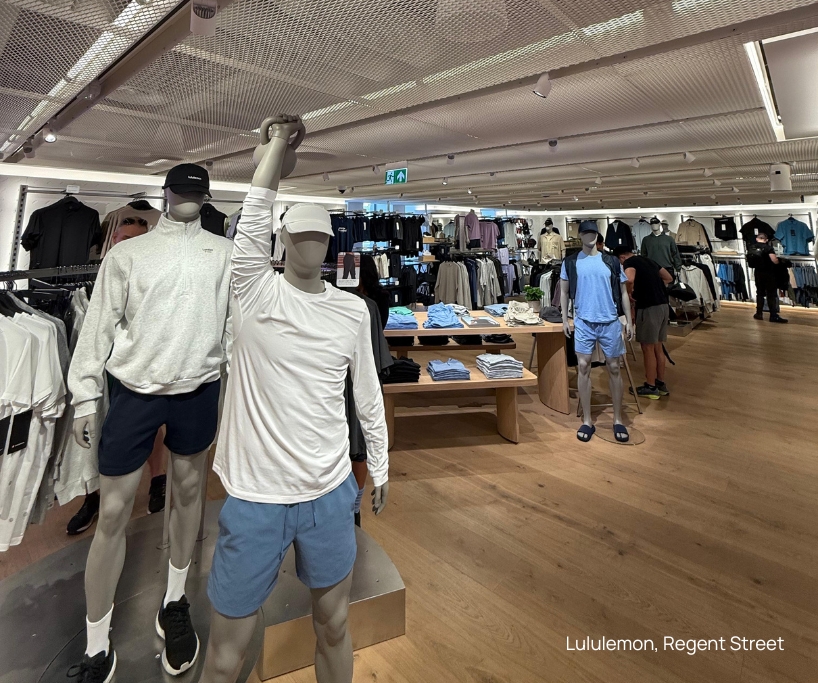Lenses vs Reflectors
In retail, how light is shaped and directed defines the atmosphere and customer experience. Lighting isn’t just about brightness, it’s about precision, quality, and intent. Lenses and reflectors are key tools in this process, each offering unique ways to control and enhance light.
Lenses
The light beam is more evenly diffused, with a soft, gradual fall-off around the edges. This creates a smooth wash of light ideal for uniform illumination with minimal glare or harsh shadows.
Reflectors
The light beam is more intense at the centre, with a sharper fall-off around the edges. This creates a more focused, directional beam with higher contrast, which is ideal for accent lighting or spotlighting.


Lenses for light quality, precision and control
Lenses function by refracting, or bending, light as it passes through a transparent medium such as glass or acrylic. This controlled redirection of light enables the creation of focused beams with minimal spill, helping to reduce glare and improve visual comfort. By concentrating light precisely where it’s needed, lenses provide exceptional clarity and pinpoint accuracy.
Lenses are best suited for diffused lighting scenarios where even illumination and clarity are critical. It helps highlight surfaces evenly without drawing too much attention to the light source itself.
Reflectors for light efficiency, power and coverage
Reflectors shape light by redirecting it off a precisely engineered, contoured surface. Unlike lenses, they don’t bend light through refraction, instead, they use reflection to control its direction, enhancing both output and distribution.
This makes them ideal for delivering direct illumination while maximising efficiency. Fewer luminaires are needed to achieve the desired light levels across a space.

